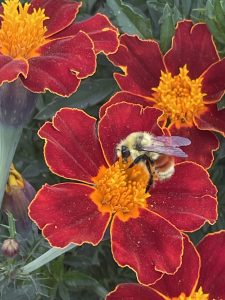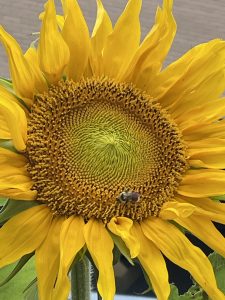About bees
Bees are winged insects with six legs and five eyes that are known for helping pollinate plants and for producing honey.
There are more 16,000 known species of bees, and only a few of them – including honey bees, bumblebees, and stingless bees – live in colonies like beehives. Most species – including mason bees, carpenter bees, leafcutter bees, and sweat bees – are solitary.
Bees are found on every continent except for Antarctica, everywhere on the planet where there are flowering plants.
Bees feed on nectar and pollen. Most pollen is used as food for their larvae. Vertebrate predators of bees include primates and birds such as bee-eaters; insect predators include beewolves and dragonflies.
Bee pollination is important both ecologically and commercially, and the decline in wild bees has increased the value of pollination by commercially managed hives of honey bees. The analysis of 353 wild bee and hoverfly species across Britain from 1980 to 2013 found the insects have been lost from a quarter of the places they inhabited in 1980.
Humans have kept bees for thousands of years, since at least the times of Ancient Egypt and Ancient Greece. Bees have also appeared in mythology and folklore.

Bees enjoying the flowers at Brandon University

